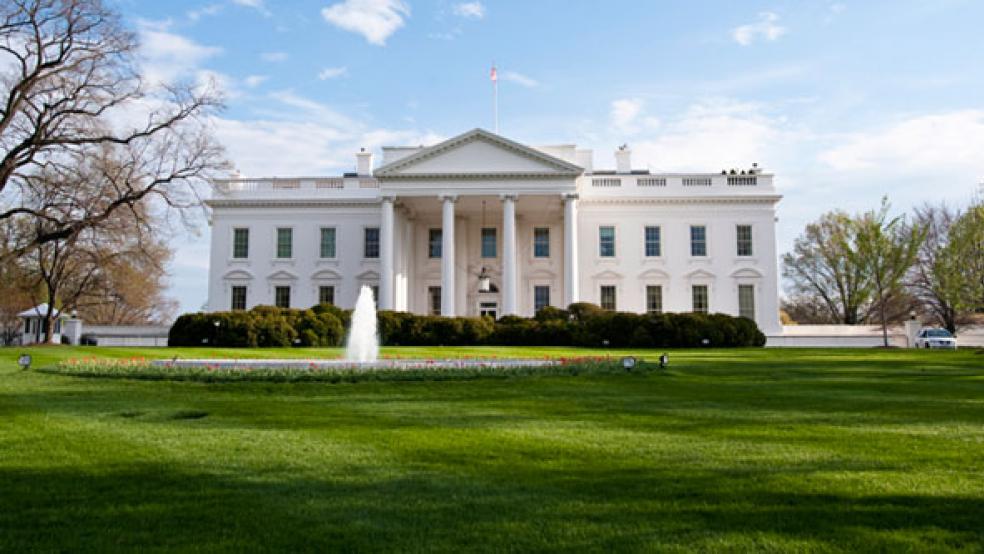Some say that the once-formidable army of Washington lobbyists is dramatically shrinking in an era of a “do-nothing Congress” that is passing little legislation of real substance.
The number of active lobbyists peaked at 14,837 in 2007, in the twilight of President George W. Bush’s administration, and has steadily declined in virtually every economic, industry and social policy sector, according to a study by the Center for Responsive Politics (CRP). Nearly 1,800 lobbyists stopped reporting their activities with Congress or the federal government between 2012 and 2013.
Related: Lobbyists Take a Financial Hit with Do-Nothing Congress
Yet roughly half those lobbyists have today gone “underground” while still plying their trade, according to the CRP. They’ve done this by changing their titles at their firms or working more informally without registering with Congress or federal agencies.
And with President Obama’s increased use of executive orders to advance his policy objectives in his second term, a fair number of those lobbyists can be found these days meeting behind the scenes with White House officials, trying to influence a raft of pending administrative decisions.
On Monday The New York Times reported that ever since Obama declared his intention of using executive orders to reshape immigration policy, “the process of drafting” that policy “has been conducted essentially behind closed doors, where lobbyists and interest groups invited to the White House are making their case out of public view.”
In some cases, pro-immigration organizations have been pressing for unilateral action by the president on a wide range of issues – from granting certain categories of illegal immigrants a temporary “parole in place” designation to remain in this country, to massively expanding a 2012 administration directive granting work permits and deportation deferments to young immigrants or “dreamers,” according to The Times report.
Related: Voters Know What We Should Do on Immigration
What’s more, business groups and the Associated Builders and Contractors are making their cases privately against a new executive order that would block companies with a history of workplace violations from receiving federal contracts, The Times reported.
This flurry of secretive negotiations between largely faceless White House operatives and lobbyists whose work is increasingly done in the shadows is a troubling byproduct of the declining importance of Congress and Obama’s rapidly expanding use of executive orders.
“In the beginning there were questions about whether this [shift to increased executive action] would distance lobbyists from the policy-making process,” said Sarah Bryner, research director of the Center for Responsive Politics. “But as we have documented, it seems to be the case that the industry has continued to do what they have always done – they just have moved off the public record.”
“That is certainly not helpful for citizens who are interested in paying attention to what goes on in Washington,” she added.
Related: House Greenlights Boehner’s Lawsuit Against Obama
Obama took office in 2009 vowing to bring greater transparency to the government process and voicing disdain for lobbyists of all political stripes. On the campaign trail in Las Vegas before he was elected, Obama said, “I’m in this race to tell the lobbyists in Washington that their days of setting the agenda are over. They have not funded my campaign. They will not work in my White House.”
He said he did not want to appoint to government agencies or to the White House staff anyone who was directly involved in lobbying, regardless of their support for his campaign or regardless of their previous government experience.
But things changed. Since parting company with GOP congressional leaders on most matters and pursuing a go-it-alone approach, the president and his advisers appear far more comfortable inviting lobbyists and special interest groups to the White House to hash out policy differences behind closed doors. And the administration has relaxed some of its rules to allow lobbyists to serve on committees and task forces.
Jennifer Friedman, a White House spokesperson, told The Times that in pursuing a new approach to policymaking, the administration “has engaged a wide range of stakeholders and solicited input from groups and individuals representing a diverse set of views.”
Related: ‘Do-Nothing Congress’ Gets Ready for An Unearned 5-Week Vacation
At the same time, many lobbyists have taken steps to lower their profiles in Washington, making it that much more difficult to track their activities and who they are representing.
This shift was influenced in part by the enactment in September 2007 of the Honest Leadership and Open Government act. The act strengthened public disclosure requirements on lobbying activities and fundraising.
The law was passed in the wake of the Jack Abramoff lobbying and influence peddling scandal. But a bad economy and a dearth of serious legislation have hastened the departure of some lobbyists as well.
And just as the number of front-line lobbyists has declined in recent years, so has the amount of money being spent to influence legislation – or so it seems.
Lobbying spending by special interests hit a five-year low in 2013, according to the CRP – totaling $3.24 billion from the previous high of $3.55 billion in 2010.
However, The Washington Post and other news organizations have reported that the decline in part reflects a growing trend away from traditional lobbying tactics and toward “soft lobbying,” rendering expenditures far less visible. Special-interest money funneled through non-profit groups, think tanks and grassroots organizations are not subject to federal disclosure rules.
“I think that this move toward lobbying, but by a different name, has resulted in less disclosure, and that’s unfortunate,” said CRP’s Bryner.
Top Reads from The Fiscal Times:





